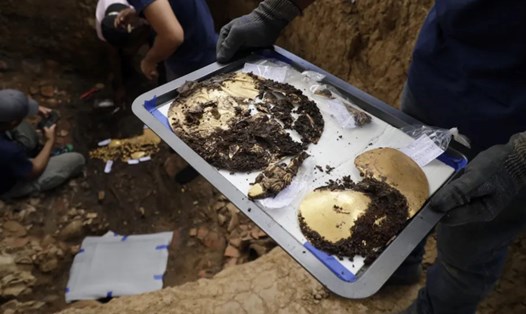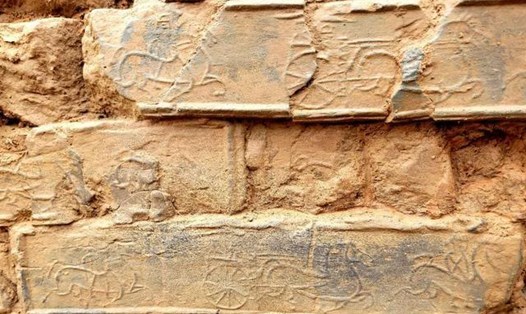According to information from the University of Warsaw, this alien-like head belongs to the Ubaid period of ancient Mesopotamia, dating from the 6th millennium BC, or before the Bronze Age.
This is the first time such an artifact has been found in the Persian Gulf region, raising the hypothesis of cultural exchange between Mesopotamia and the Arabian Peninsula.
"This artifact opens up interesting questions about the symbolic or ritual purpose it had for the ancient community," said Professor Piotr Bieliński.
In addition to the clay heads, archaeologists discovered two different types of pottery at the Bahra 1 archaeological site. One was Ubaid pottery, imported from Mesopotamia, and the other was Coarse Red Ware (CRW), produced locally on the Arabian Peninsula. The finds, which included an unfired clay vessel, provide compelling evidence that Bahra 1 was not only a large settlement but also the earliest pottery production site in the region.
Initial analysis has shown that local pottery contains plant fragments, especially reeds, and traces of barley and wheat are found in imported Ubaid pottery. Dr Roman Hovsepyan said that further studies will help clarify the ancient flora of the area.
Ongoing excavations have confirmed the importance of Bahra 1 in understanding Neolithic cultural exchanges between the Arabian Peninsula and the Ubaid culture. The Kuwait-Poland archaeological mission plans to continue its research to further elucidate the links between the ancient civilizations.










